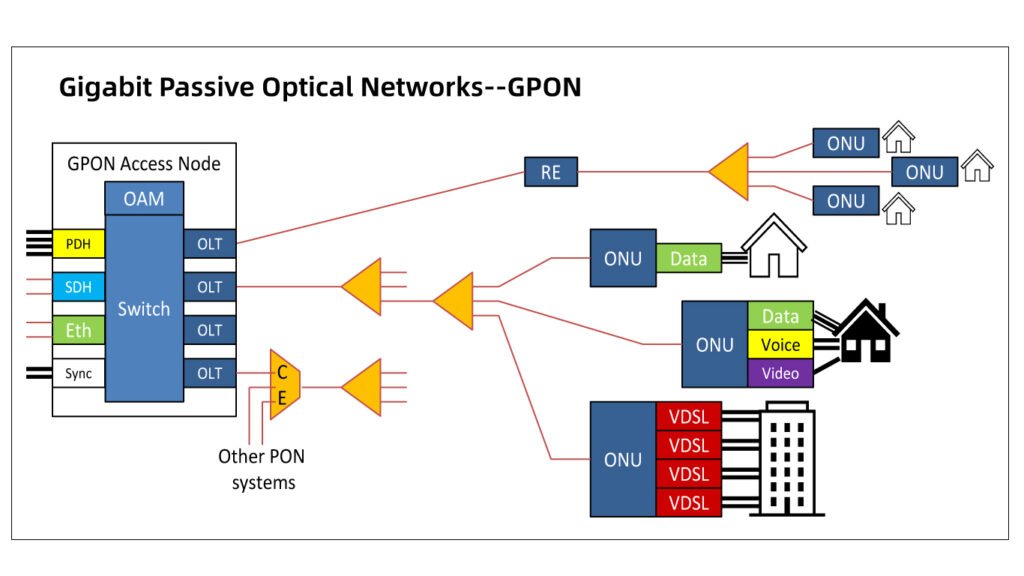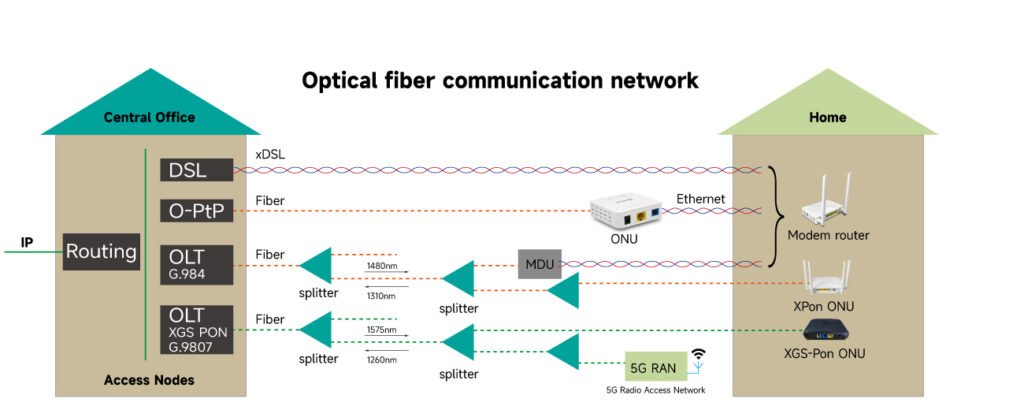
1. High Bandwidth and Speed
Fiber optic networks offer exceptionally high bandwidth and transmission speeds, vastly surpassing traditional copper cables and wireless communication technologies. As the demand for internet and data increases exponentially, fiber optics can support high-bandwidth applications such as HD streaming, online gaming, big data transfer, and more, providing fast and stable connections (livescience.com) (TechXlore).
2. Low Latency and High Stability
Fiber optic communication is characterized by low latency and high stability, which is crucial for real-time data transmission applications like video conferencing, financial transactions, and telemedicine. Unlike traditional copper cables and wireless communication, which are susceptible to electromagnetic interference, fiber optics provide a more reliable and interference-free signal (livescience.com).
3. Long-Distance Transmission
Fiber optic cables can transmit data over long distances with minimal signal loss. This makes them ideal for wide-area networks (WANs) and metropolitan area networks (MANs), which require efficient long-distance communication, thereby connecting different regions and enhancing global data exchange capabilities (Fibre Systems).
4. High Security
The signals transmitted through fiber optic cables are less prone to interception or tampering, offering higher security. Since fiber optics use light signals, intercepting them requires specialized equipment and techniques, which increases the overall security of the communication (TechXlore).
5. Scalability and Future-Proofing
Fiber optic networks are highly scalable, capable of significantly increasing their transmission capacity through technological upgrades, such as adding more wavelength-division multiplexing (WDM) channels. This scalability ensures that fiber networks can accommodate the exponential growth in data traffic expected in the future. Additionally, fiber optics will serve as the backbone for emerging technologies like quantum communication (Fibre Systems).
6. Economic Efficiency
Despite the higher initial installation costs, fiber optic networks have lower maintenance costs and longer lifespans. Fiber materials are resistant to corrosion and have a lifespan of several decades, reducing the need for frequent replacements and maintenance, which makes them economically efficient in the long term (livescience.com).
Conclusion
In summary, the development of fiber optic communication networks is essential to meet current and future demands for high-speed, stable, and secure communication. Through continuous technological innovation and infrastructure development, fiber optics will play a pivotal role in global information dissemination and economic growth.


